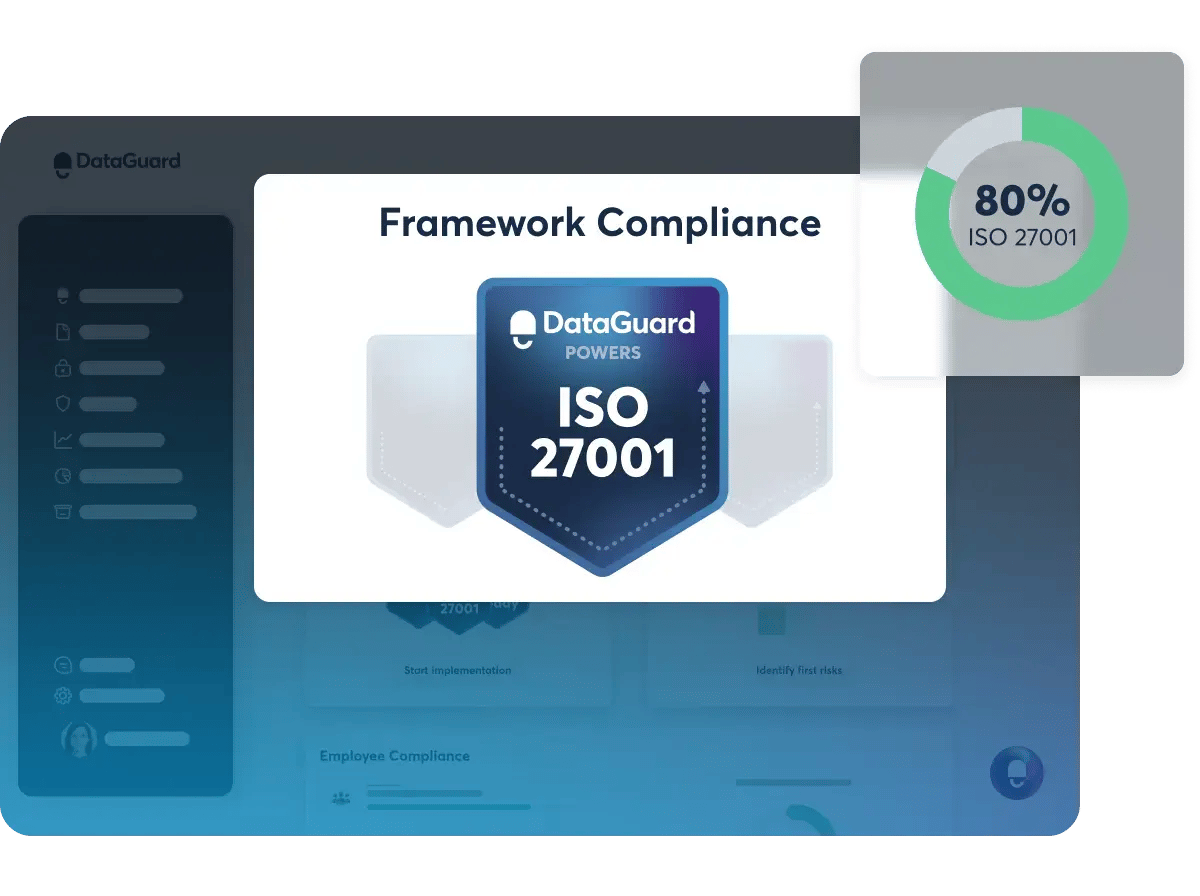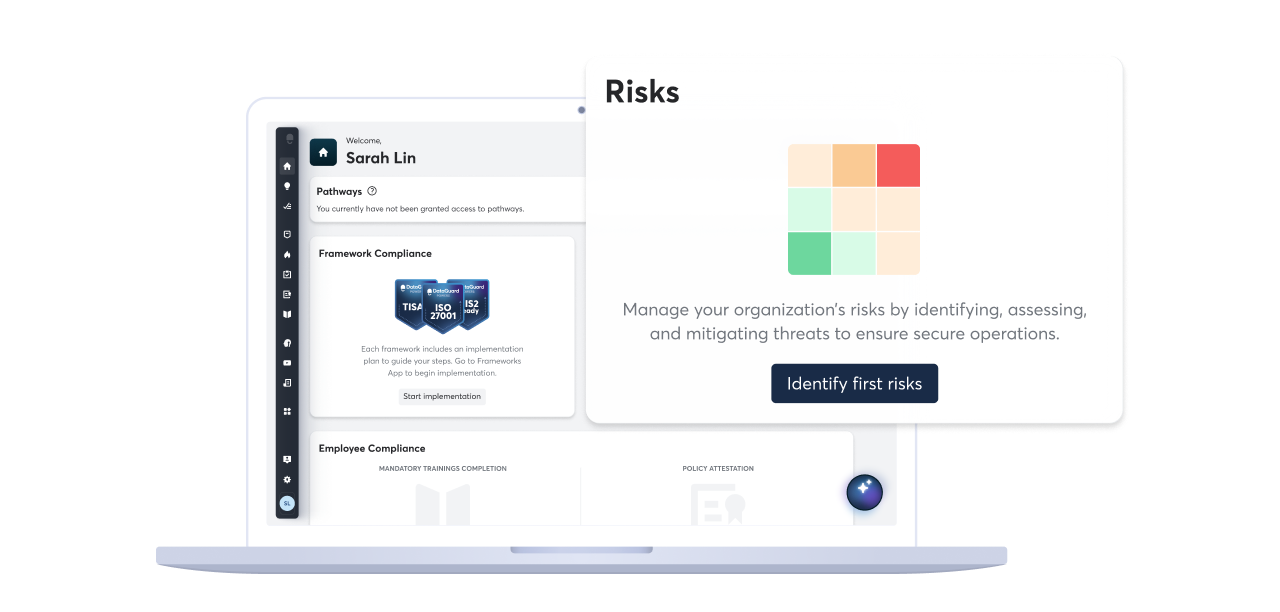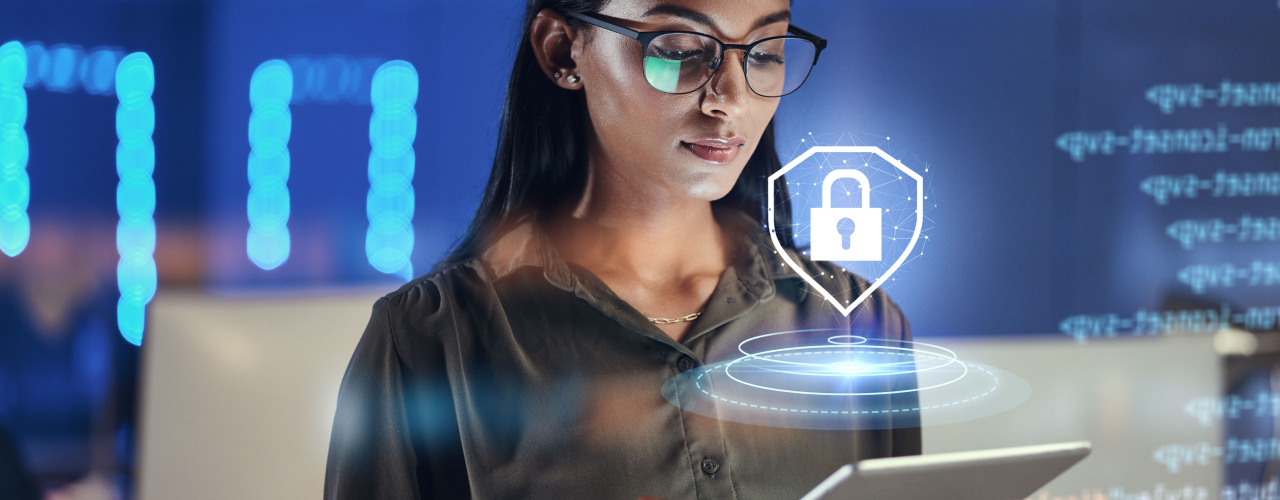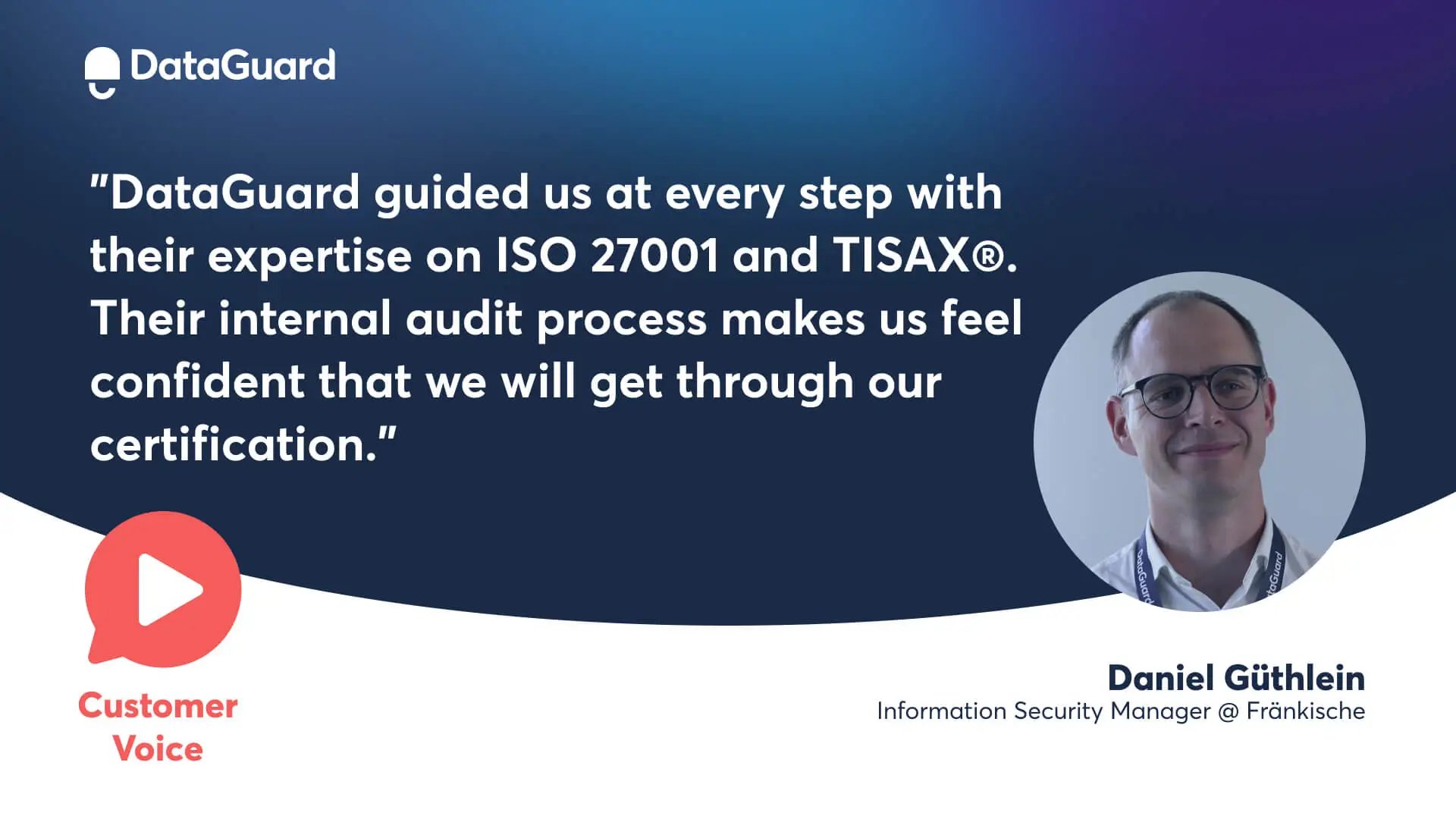ISO 27001:2022 Annex A controls
There are 93 ISO 27001 Annex A controls that cover multiple areas of operations. These controls are organized into four different categories (domains).
Each category can be attributed to a particular focus area within your organization. Contrary to popular belief, they are not all IT-related.
Grouping the controls into four themes helps decide who is responsible for implementing the measures and which measures even apply to your organization in the first place.
For example, technical controls can be carried out by the IT department, while organizational controls can be carried out by your System Operations team.
ISO 27001: 4 control sets
As an overview, here is a list of the four different categories of controls:
Organizational controls: Measurements for organizational safety
Organizational controls typically cover everything that does not fall under the topics of people, technology, or physical security. This includes things like identity management, responsibilities, and evidence collection.
New organizational controls from ISO 27001:2022 include:
- 5.7: Threat intelligence
- 5.23: Information security for use of cloud services
- 5.30: ICT readiness for business continuity
People controls: Staff-related measures to protect employees
The People controls section has only eight controls. It focuses on how employees handle sensitive information during their daily work.
This includes topics like remote work, nondisclosure agreements, and screenings. Onboarding and offboarding processes, as well as responsibilities for reporting incidents, are also relevant.
Physical controls: Measures for the physical protection of the organization
Physical controls include security monitoring, maintenance, facility security, and storage media.
This category is about how you protect against physical and environmental threats such as theft, natural disasters, and deliberate destruction.
The new physical controls include: 7.4: Physical security monitoring.
Technological controls: Measures for technical security
Technological controls cover the areas of authentication, encryption, and data leakage prevention. Various approaches, such as access rights, network security, and data masking, help to achieve stronger data protection.
New technological controls in ISO 27001:2022 include:
- 8.1: Data masking
- 8.9: Configuration management
- 8.10: Information deletion
- 8.12: Data leakage prevention
- 8.16: Monitoring activities
- 8.23: Web filtering
- 8.28: Secure coding
In this area, one innovation is particularly important, which is data leakage prevention. However, web filtering is also noteworthy: this control describes how organizations should filter online traffic to prevent users from visiting potentially harmful websites.



